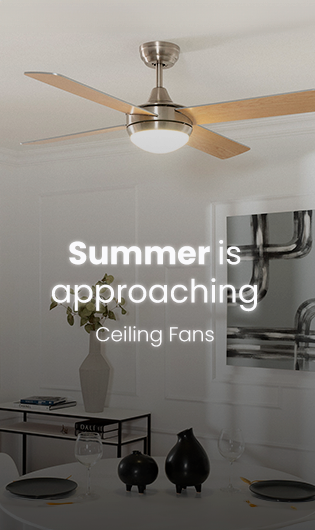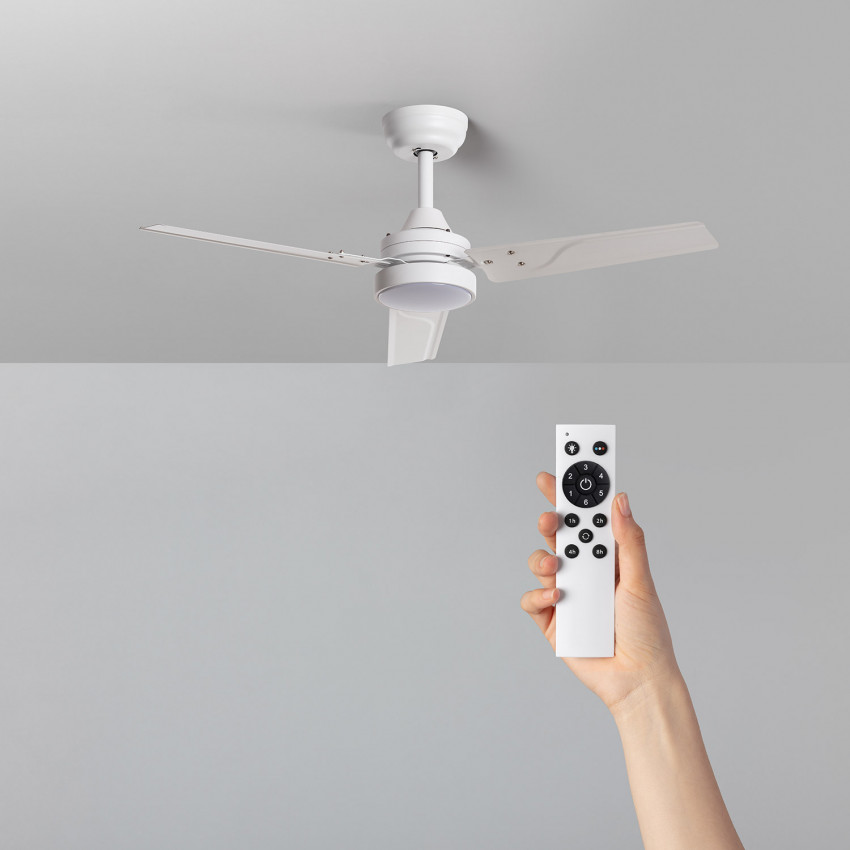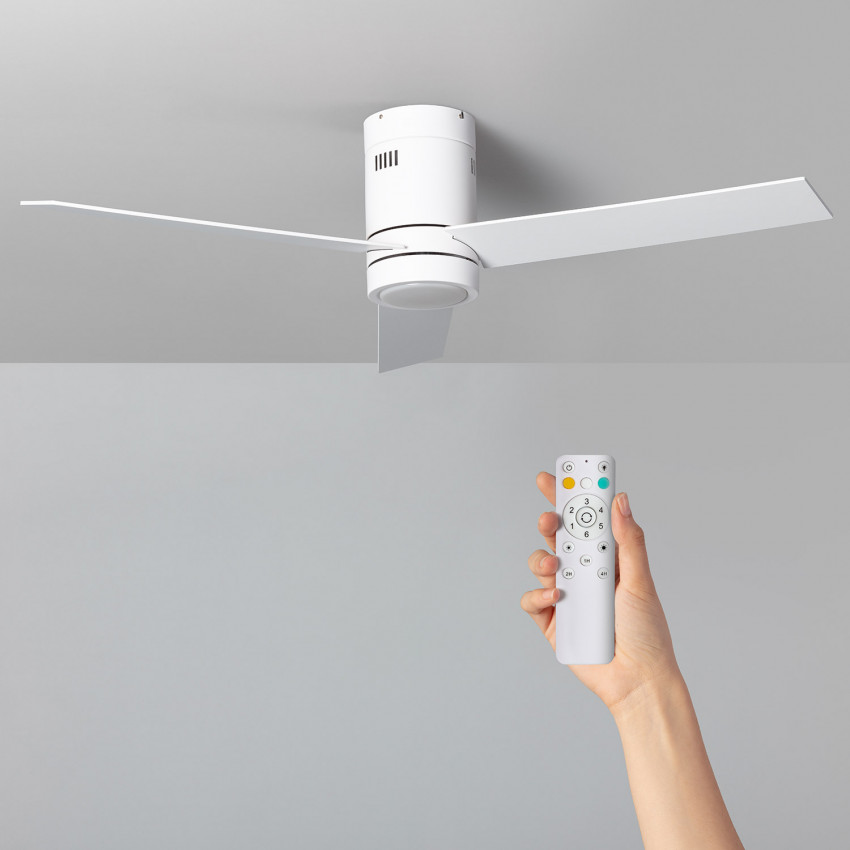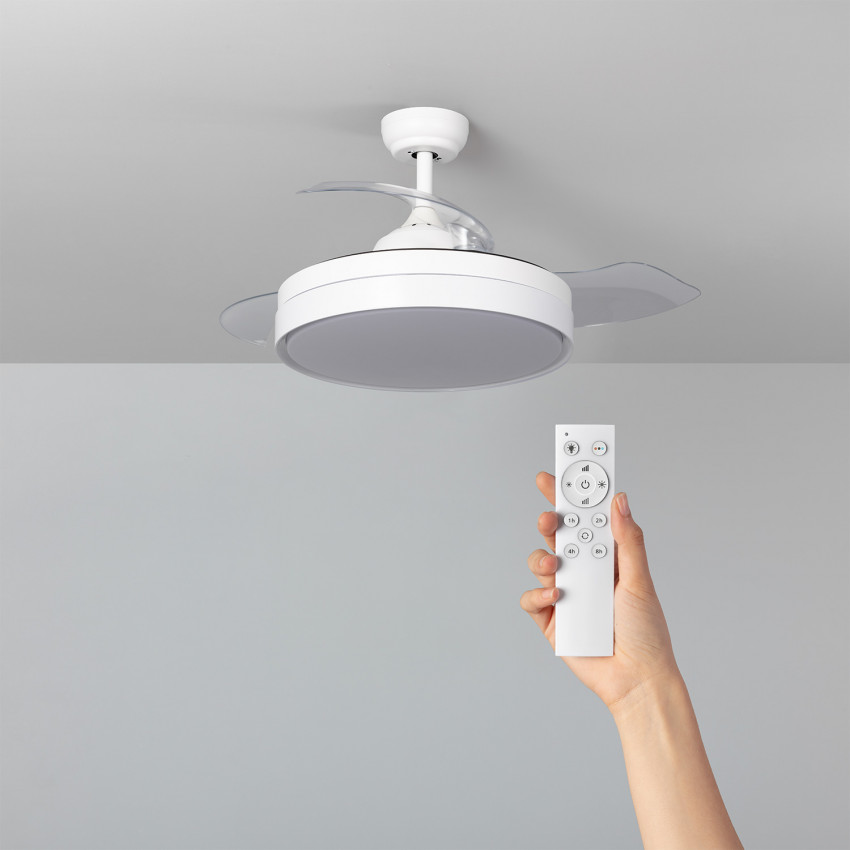.
.
Bulbs by Socket
 GU10 LED bulbs
GU10 LED bulbs
 E27 LED bulbs
E27 LED bulbs
 GU5.3 LED bulbs
GU5.3 LED bulbs
 E14 LED bulbs
E14 LED bulbs
 G53 AR111 LED bulbs
G53 AR111 LED bulbs
 R7S LED bulbs
R7S LED bulbs
 G9 LED bulbs
G9 LED bulbs
 G4 LED bulbs
G4 LED bulbs
 G24 LED bulbs
G24 LED bulbs
 E40 LED bulbs
See all bulbs
E40 LED bulbs
See all bulbs
Bulbs by Type
Dimmable LED Bulbs
LED Filament Bulbs
12/24V LED Bulbs
Smart LED Bulbs
RGB and CCT LED Bulb
LED Light Bulb Accessories
Indoor Lighting
LED Ceiling Lights
Surface mounted LED lights
LED Panel lights
LED strip lights
Linear LED lighting
Commercial LED lighting
Home Control Devices
Ceiling Fans
Buy LED decoration
Indoor LED step lights
Decorative LED wall lights
Industrial LED lighting
Lighting by Room
Kitchen lights
Bathroom lights
Living room lighting
Bedroom lights
Stair lights
LED Hallway Lighting
Garage lighting
LED Downlights
Round LED Downlight
Square LED Downlight
Dimmable LED Downlight
See all Downlights
Outdoor Lighting
LED Flood Lights
Outdoor LED step lights
Outdoor LED wall lights
Tri-proof LED lights
Outdoor LED strip
LED street lights
Pool Lights
Outdoor lamps
Outdoor Surface Mounted LED Lights
LED Fairy Lights
LED outdoor furniture
Solar LED Lights
See all in Outdoor
Decorative Lighting
 Pendant lighting
Pendant lighting
 Table Lamps
Table Lamps
 Floor Lamps
Floor Lamps
 Ceiling Lamps
Ceiling Lamps
 Wall Lights and Lamps
Wall Lights and Lamps
 Solar LED lights
Solar LED lights
 Ceiling Fans
Ceiling Fans
 Customizable Lamps
See all in decoration
Customizable Lamps
See all in decoration
Living Spaces
Living room lighting
Bedroom lights
Kitchen lights
Patio lights
Garden lights
Bathroom lights
Stair lights
Garage lighting
See all spaces
Wiring and Electrical Boxes
Connectors and Terminals
Junction & Connector Boxes
Electrical Cable
Network Cable
Coaxial Cable
Electrical Mechanisms
Recessed Electrical Mechanisms
Surface Electrical Mechanisms
Outdoor Electrical Mechanisms
Switches
Plugs and Sockets
Simon Mechanisms
Legrand Mechanisms
Bticino Mechanisms
Home Automation
Home Control Devices
Intercoms and Telephones
Security























 Do not press BACK or REFRESH while processing...
Do not press BACK or REFRESH while processing...